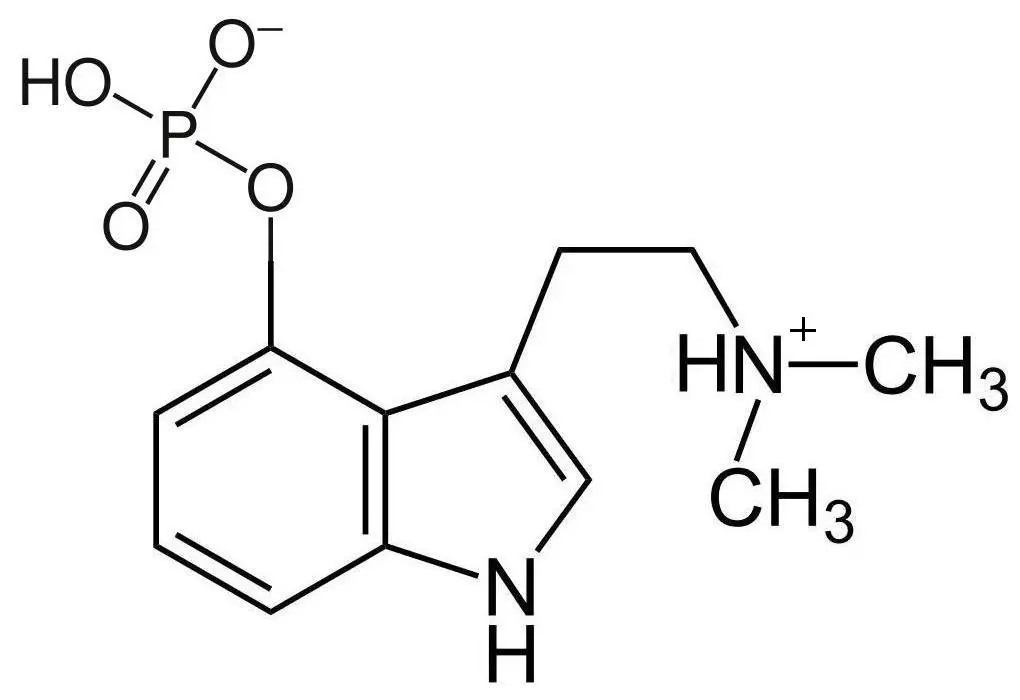Psilocybin

Psilocybin and psilocin contain mainly psilocybin mushrooms of the genera Psilocybe and Panaeolus. (There are several other types of hallucinogenic mushrooms containing these alkaloids, belonging to the genera Inocybe, Conocybe, Gymnopilius, Psatyrella, but their role is relatively small.) Psilocybin mushrooms grow almost all over the world: in Europe, in the Americas, Australia, Oceania, Africa etc. Their species vary from place to place, but it is practically difficult to find a place where some species of fungi such as Psilocybe Cubensis or Panaeolus did not grow at some time, under some conditions. Most likely, not only knowledge about their varieties is growing, but also the area of their distribution. Hallucinogenic mushrooms are 100% saprophytes, that is, they live on the decomposition of organic matter (unlike other fungi – parasitic (living at the expense of the host) or mycorrhizal (forming a symbiotic relationship with tree roots).
Psilocybin mushrooms well populate “disturbed” biocenoses, that is, roughly speaking, places where there is no longer nature, but not yet asphalt, and there are a lot of such on Earth. For some reason, hallucinogenic mushrooms like to grow close to humans; they are almost never found in complete wilderness.
Their main habitat is wet meadows and glades; many psilocybin mushrooms prefer cow or horse dung in these meadows. There are many types of hallucinogenic mushrooms, and they are, in fact, quite diverse both in appearance and in their preferences. Many of the hallucinogenic mushrooms turn blue when broken, although this sign cannot be considered either necessary or sufficient for identification, let alone for use. The chemical nature of this bluing is unknown, although it is most likely related to the reaction of the psilocin in the air.
Psilocybin mushrooms differ in psilocin and psilocybin content; a large complete table of this information is published by Paul Stamets in Psilocybine Mushrooms of the World. Such information regarding each specific type of mushroom is practically important (how much to eat; how to store), but it is still not enough accumulated. There are very “strong” mushrooms, for example, Psilocybe cyanescens, growing in the northwestern United States, in the humid forests of Washington state; there are much less active ones; for many species, such data are still not established. Almost every year new species of Psilocybe and others are described, mainly from little explored regions of the Earth; but famous for its “strength” “Astoria”, for example, was also described quite recently, although it grows in the USA. Gastón Guzmán, one of their main taxonomists, says that even in his Mexico, where he studies their half-life, there are still many undescribed mushroom species.









